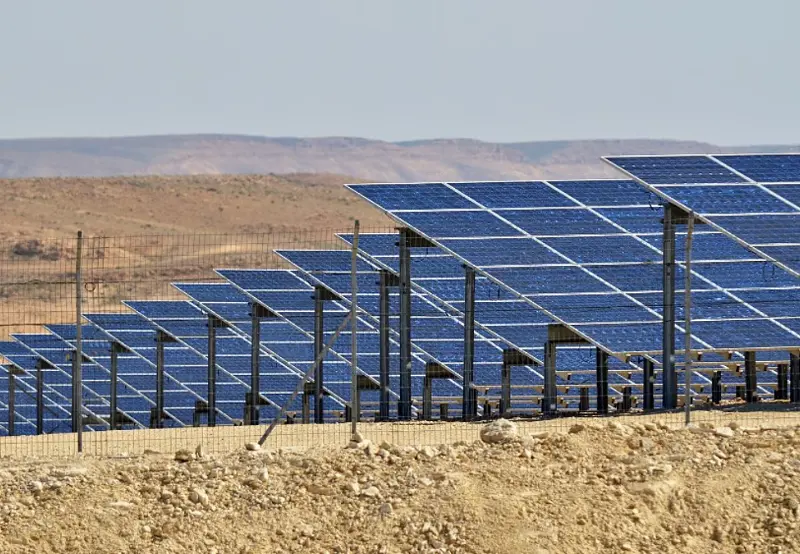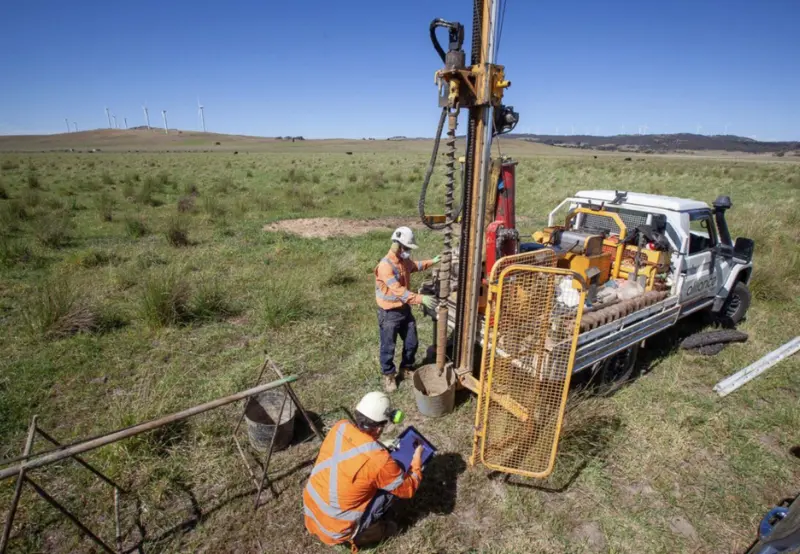Subsurface hydrogen salt cavern storage offers 43–66 % global electricity balancing, delivering long‑duration flexibility and supporting renewable energy systems.
Table of Contents
- Why Subsurface Hydrogen Salt Cavern Storage Matters
- 1.Balancing Nearly Half to Two‑Thirds of Global Electricity
- 2. Geological Promise: Where Caverns Can Be Built
- 3. Decades of Proven Salt Cavern Tech
- 4. High Performance & Lower Cushion Gas Needs
- 5. Seasonal Flexibility for Renewable Fluctuations
- 6. Regional & International Energy Stability
- 7. Future‑Proof & Scalable Infrastructure
- A Game‑Changer for the Energy Transition
1.Why Subsurface Hydrogen Salt Cavern Storage Matters
Subsurface hydrogen salt cavern storage is drawing attention for its ability to support large-scale renewable systems. A new analysis on arXiv demonstrates how underground salt caverns could manage up to 66 % of global electricity demand and, when shared internationally, stabilize 85 %—without drastic infrastructure overhaul.
This blog dives into seven powerful benefits of this technology—and why it’s fast becoming a cornerstone of the clean energy future.
2. 1. Balancing Nearly Half to Two‑Thirds of Global Electricity
According to the study, salt cavern storage can address 43 %–66 % of global electricity demand, depending on geology. By sharing across borders, that figure climbs to 85 %—highlighting salt caverns’ unparalleled potential to stabilise renewable fluctuations worldwide.
3. 2. Geological Promise: Where Caverns Can Be Built
Researchers analysed 174 salt deposit zones, of which 31 were guaranteed suitable and 34 partially suitable, taking into account depth, thickness, subsurface structure, and surface restrictions. The results highlight vast potential in North America, Europe, China, and Australia—offering a global footprint for scalable subsurface storage.
4. 3. Decades of Proven Salt Cavern Tech
Salt caverns have safely held gas since the 1960s, with the first hydrogen cavern in the UK (Teesside) launched in 1972. Their key benefits:
- Natural self-sealing due to salt creep
- Exceptional tightness, resisting hydrogen leakage
- Minimal gas loss and strong structural integrity
This isn’t theory—it’s proven engineering at scale.
5. 4. High Performance & Lower Cushion Gas Needs
Salt caverns allow faster injection and withdrawal rates than porous reservoirs or aquifers. They also require less “cushion gas”—around one third of total capacity—making operations more efficient and economical.
6. 5. Seasonal Flexibility for Renewable Fluctuations
Renewable energy such as solar and wind is variable; utilities need seasonal, long‑duration storage. Salt cavern storage enables this by converting excess renewable power into hydrogen and storing it underground—ready for winter use. With global storage needs possibly reaching 1,290 TWh by 2050, salt caverns offer a hugely scalable solution.
7. 6. Regional & International Energy Stability
Many countries have cavern capacity far beyond their own needs—e.g.:
- USA: >2,262 % sufficiency
- China: >3,817 % sufficiency
- Europe: >1,123 % sufficiency
By developing shared storage hubs and “hydrogen backbones”, nations with limited reserves—like India, Canada, and Brazil—could gain access to stabilisation potential via cross-border infrastructure.
8. 7. Future‑Proof & Scalable Infrastructure
Salt caverns are built for the long‑term—typically lasting 60 years, with potential for 600 years of use . Cable in new technologies like horizontal drilling and regional cooperation, salt cavern networks will remain foundational. Meanwhile, pilot projects in Europe (e.g. HySecure, HyCAVmobil, HyStock) are actively proving feasibility at scale.
9. A Game‑Changer for the Energy Transition
Subsurface hydrogen salt cavern storage is not simply a technical curiosity—it’s a cornerstone technology for future renewable energy systems. Its ability to balance 43–66 % globally and 85 % collaboratively, combined with decades of stable engineering and cost-effective operation, makes it a vital solution for climate goals.
As pilot projects advance and cross-border energy infrastructure grows, we can expect this ancient geological technology to anchor our modern clean energy future.





